Artnet Auctions
Artnet’s Head of Photographs on the Iconic Career of Irving Penn
Marking Artnet's Important Photographs sale, Susanna Wenniger digs into the life and work of the legendary photographer.
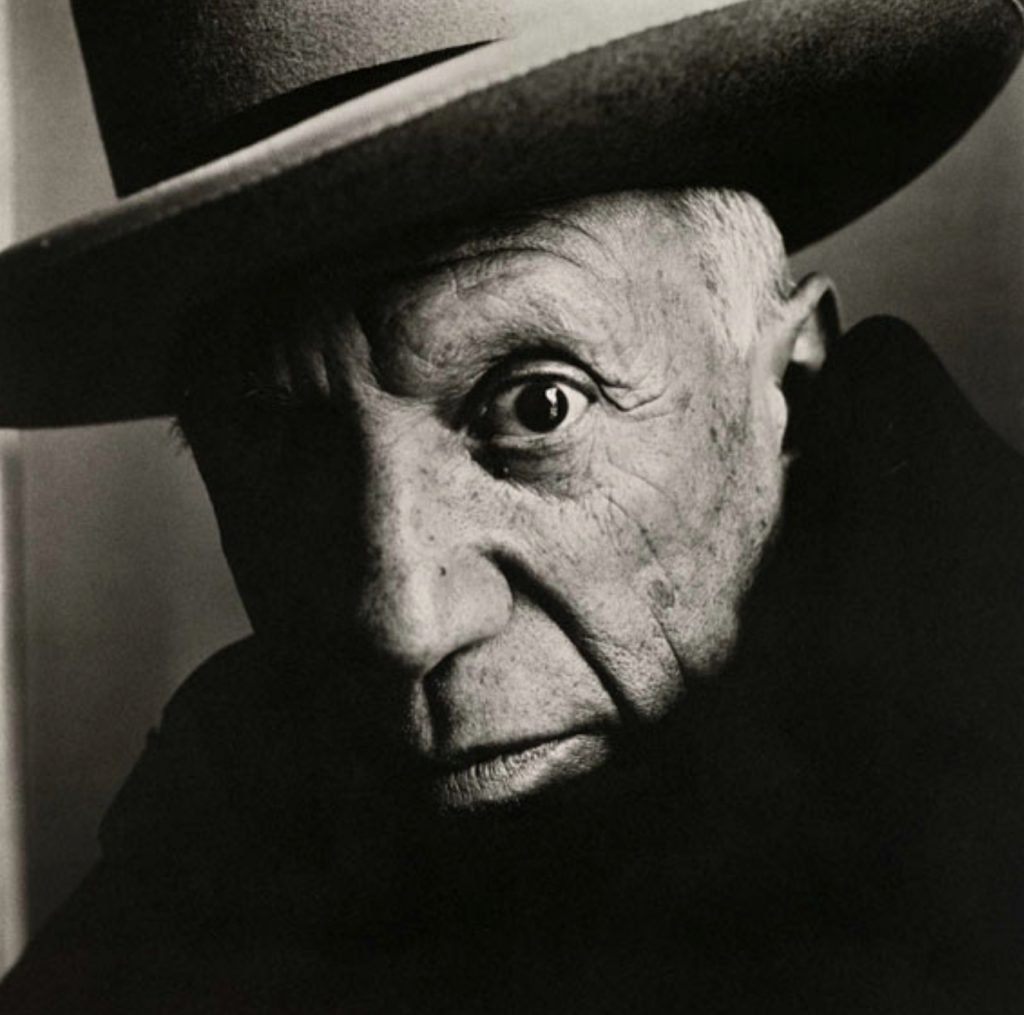
Marking Artnet's Important Photographs sale, Susanna Wenniger digs into the life and work of the legendary photographer.

Artnet Auctions

Live now through March 28 for bidding, Artnet’s Important Photographs auction features a diverse range of prominent works by classic and contemporary photographers—with several iconic images by master photographer Irving Penn. The emphasis is well timed, as the de Young Museum in San Francisco recently unveiled their expansive monographic “Irving Penn” exhibition, on view through July 21, 2024, which traces Penn’s nearly 70-year career as one of the 20th-century’s most influential photographers.
Although he initially made his mark as a fashion photographer in the 1950s, Penn was a pioneer who successfully blurred the boundaries between commercial and fine art photography, bringing a distinct artistic vision to every facet of his work. Across his expansive, multi-decade oeuvre, Penn’s photographs were marked by an elegantly Minimalist yet dramatic style. Most of his works were set within a studio, where the artist used light as a sculptural medium for his images. As Penn once reflected, “It is a light of such penetrating clarity that even a simple object lying by chance in such a light takes on an inner glow, almost voluptuousness.”
Below, our very own Head of Photographs Susanna Wenniger digs into the life and work of the legendary photographer.
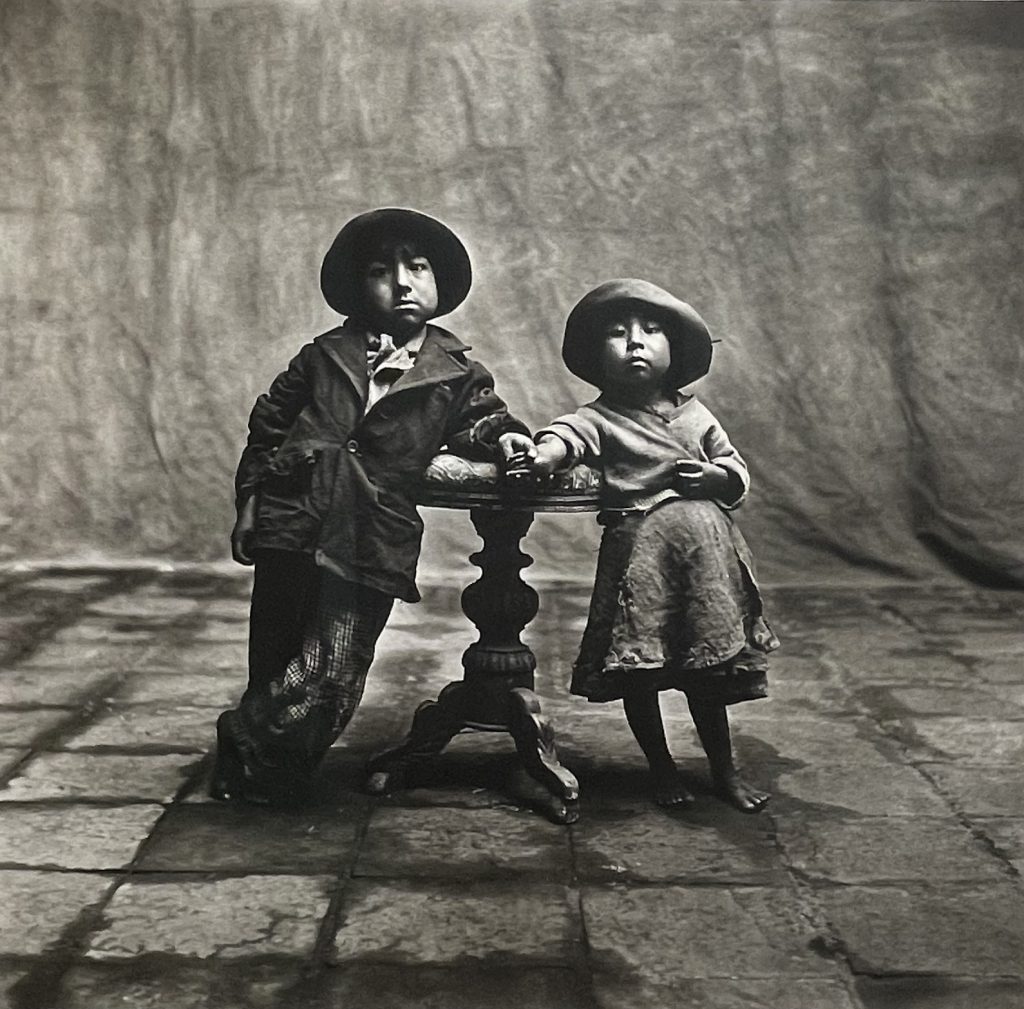
Irving Penn, Cuzco Children (1948). Est. $80,000–$120,000.
A key part of Penn’s oeuvre was portraiture—whether of unknown figures such as Cuzco Children (1948) or iconic figures such as Georgia O’Keeffe and Truman Capote. His shot of Pablo Picasso, Picasso B, Cannes (1957), sits amongst Penn’s most iconic: with a dark grey background, all focus is placed on his wide eyes in a dramatically close-up crop of his face. With this and other celebrity images, Penn became integral in forming public perception of the sitter’s personality. These close-up portraits became known as “corner portraits,” for which Penn literally “cornered” his sitters. In his own words: “They couldn’t run away,” Penn said. “For that moment of time, they belonged to me.”
Despite his work in fashion photography, Penn also focussed his lens on comparatively anonymous, everyday people. His famous series “Small Trades,” for instance, documented a disappearing world in Paris, London, and New York in 1950 and 1951, capturing tradesmen and women such as an eccentric cucumber seller in Marchand de Concombres, Paris (1950). As with his celebrity images, Penn chose to isolate the subject in the neutral space of his studio over the vernacular setting of the street, which in his works transformed them and placed focus on their emotion and character.
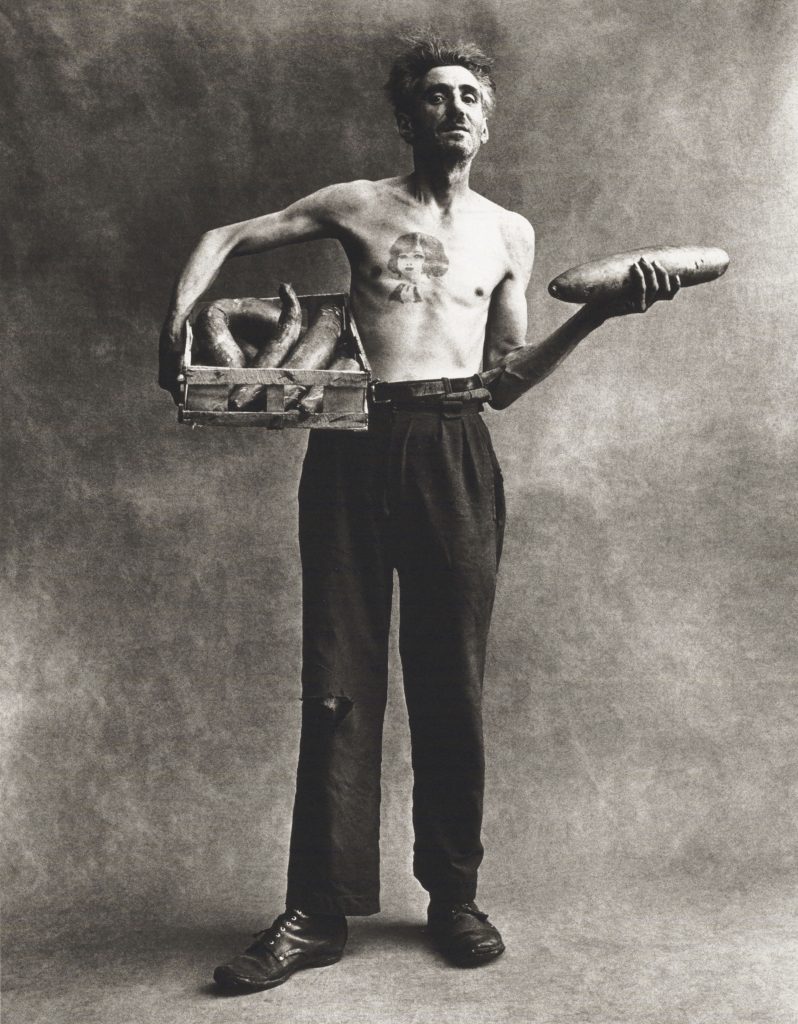
Irving Penn, Marchand de Concombres, Paris (1950). Est. $25,000–$35,000.
Penn’s attention to formal qualities of light, tone, and composition are underpinned in his still lifes. His fascination with the still life genre persisted throughout his career—from his very first cover for Vogue in 1943 to the final photographs of his life—and again underlined how Penn’s work blurred any boundaries between the worlds of fine art, fashion, and photography.
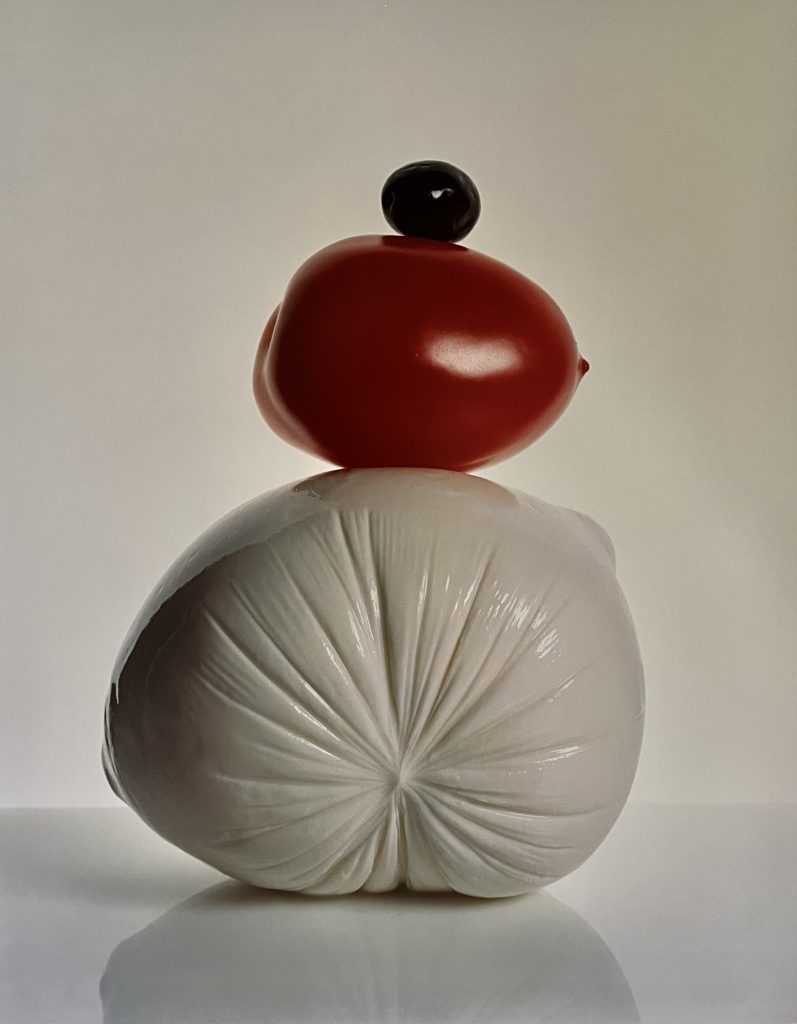
Irving Penn, Italian Still Life, New York, September 1981 (1981). Est. $40,000–$60,000.
Penn also extended his meticulous craftsmanship toward experimental printmaking. He became synonymous with a return to the historical platinum-palladium printing process,
which allowed for rich yet subtle tonal ranges, fine detail, and an apparent luminescence. The process was common amongst photographers of the early 1900s such as Paul Strand’s work from the 1920s, but Penn’s adoption of the technique involved extensive experimentation with various coatings and formulas.
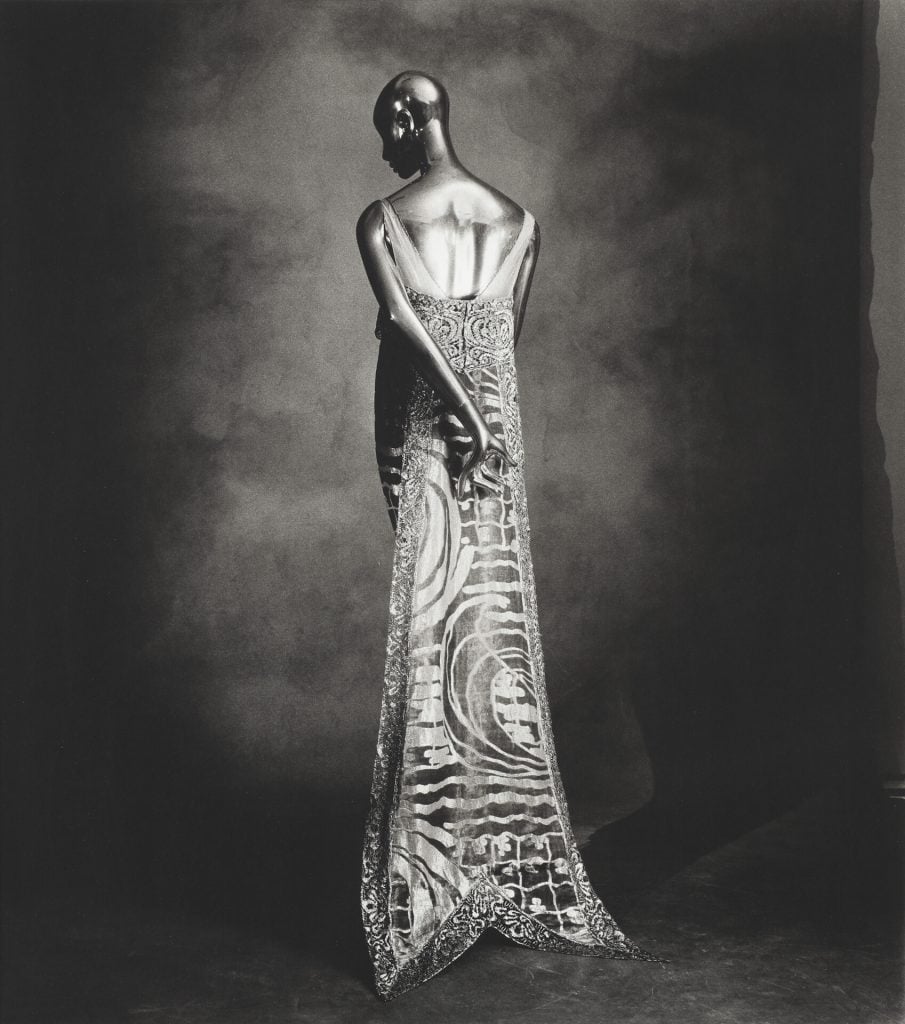
Irving Penn, Callot Swallow-Tail Dress (1977). Est. $15,000–$20,000.
Penn died in 2009, but his legacy continues within the art world as a leading figure in the photography market. In 2017, the Metropolitan Museum of Art, New York, held a major retrospective, “Irving Penn: Centennial,” commemorating 100 years since the artist’s birth. His works are found in numerous major institutions—from the Art Institute of Chicago to the Victoria and Albert Museum in London— and his influential innovation can be seen across generations of photographers including Richard Avedon, Annie Leibovitz, and Steven Meisel.
Artnet’s Important Photographs auction is now live until March 28. Browse and bid in the sale here.